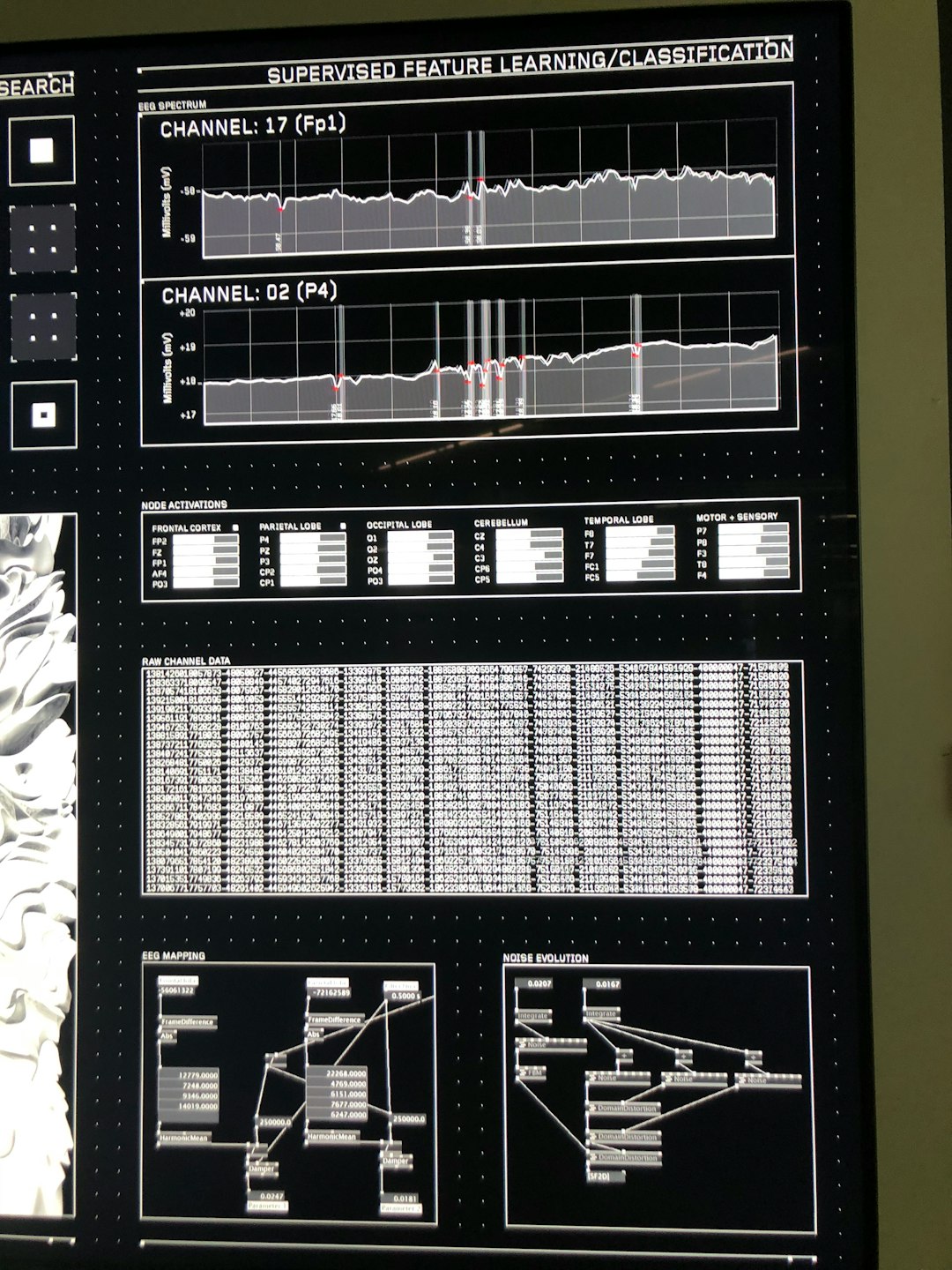In today’s evolving technological landscape, mastering new tools can make all the difference in productivity, creativity, and professional competitiveness. One such tool that is gaining attention for its versatility and efficiency is Xlecz, a powerful platform designed for data manipulation, visualization, and automation. Whether you’re a data analyst, a developer, or an aspiring tech enthusiast, understanding how to harness the features of Xlecz can open up new avenues for innovation.
What is Xlecz?
Xlecz is a multi-functional software suite that combines the flexibility of spreadsheets with the power of scripting and real-time collaboration. It allows users to import, crunch, and present data in interactive and insightful ways.
Unlike traditional spreadsheet tools, Xlecz supports advanced scripting, API integrations, and plug-ins that extend its utility far beyond simple tabulations.
Step 1: Getting Started with Xlecz
Before diving into the advanced capabilities of Xlecz, it’s important to get familiar with the basics:
- Installation: Download the appropriate installation package for your platform (Windows, MacOS, or Linux) from the official website.
- Account Setup: Create a user account to access cloud features, share projects, and automate tasks with remote access.
- Interface Overview: Explore the layout, which includes a workspace panel, script editor, visual modules, and data feed viewer.
This foundational setup ensures a smoother transition into more complex functionalities.
Step 2: Importing and Managing Data
One of the standout features of Xlecz is how effortlessly it handles varied data formats. You can import CSV, JSON, XML, and even connect to live databases or APIs.
Here are simple ways to import data:
- Use the “Import” button to upload local files.
- Connect to external data sources via the Data Connector module.
- Use scripting to pull data dynamically from web services.
Once imported, data can be categorized, tagged, and filtered using Xlecz’s intuitive data management system.

Step 3: Transform and Analyze
This is where Xlecz stands out. It offers a scripting language called X-Script, which allows for deep and customizable data transformations. Whether you need to clean data, run statistical computations, or tokenize text fields, it can be done in just a few lines of code.
Popular transformation features include:
- Normalization: Bringing inconsistent data formats into a unified structure.
- Join and Merge: Combine datasets on custom joins for advanced insights.
- Custom Filters: Create conditions and rules to focus only on relevant data.
Step 4: Visualizing Insights
What’s analysis without visualization? Xlecz includes built-in tools for generating charts, graphs, and even geospatial maps. The beauty of the visual module lies in its flexibility—you can bind any dataset to a visualization in real time.
Types of visualizations you can create:
- Bar and line graphs
- Pie and doughnut charts
- Heatmaps and scatter plots
- Interactive dashboards with widgets and filters

Step 5: Automation and Sharing
Once your analysis is complete, Xlecz allows you to automate tasks and share insights effortlessly. Use the scheduler tool to refresh data pulls at intervals, or set up triggers that alert collaborators when certain metrics change.
Sharing options include:
- Exporting: Download datasets and visuals in formats like PDF, CSV, or PNG.
- Collaborative Links: Share interactive dashboards with role-based access.
- Embedding: Integrate your visuals directly into websites or presentations.
Tips for Mastery
To become proficient in Xlecz, consider the following strategies:
- Explore Templates: Pre-built templates can save time and demonstrate best practices.
- Join Forums: Engage with the Xlecz community for insights and troubleshooting tips.
- Practice Scripting: The more familiar you are with X-Script, the more powerful your analyses will become.

Conclusion
Xlecz is not just another data tool—it’s a comprehensive platform that merges functionality and flexibility. Learning how to use this tool effectively can transform the way you handle data, whether for personal projects or enterprise-level operations. By following a structured approach and leveraging its full feature set, you’ll find yourself not only using Xlecz but mastering it.




